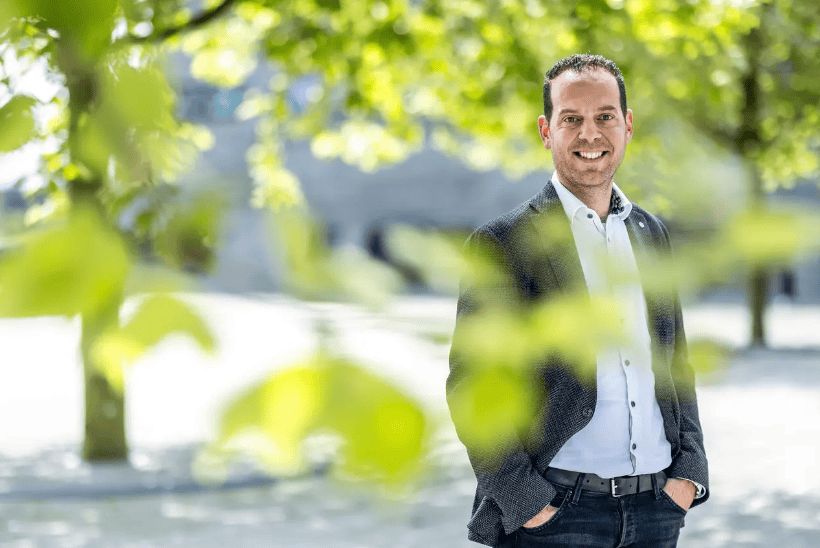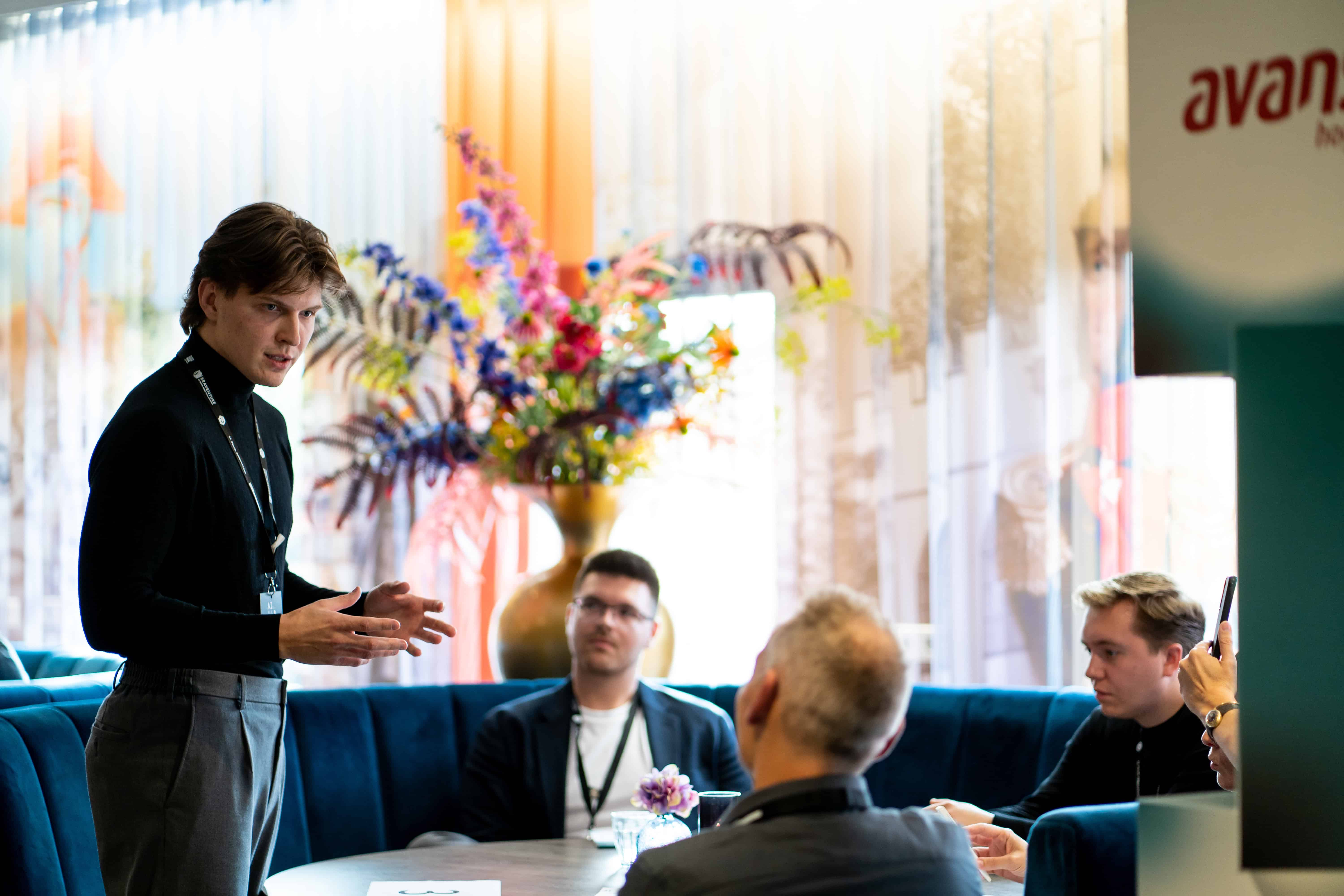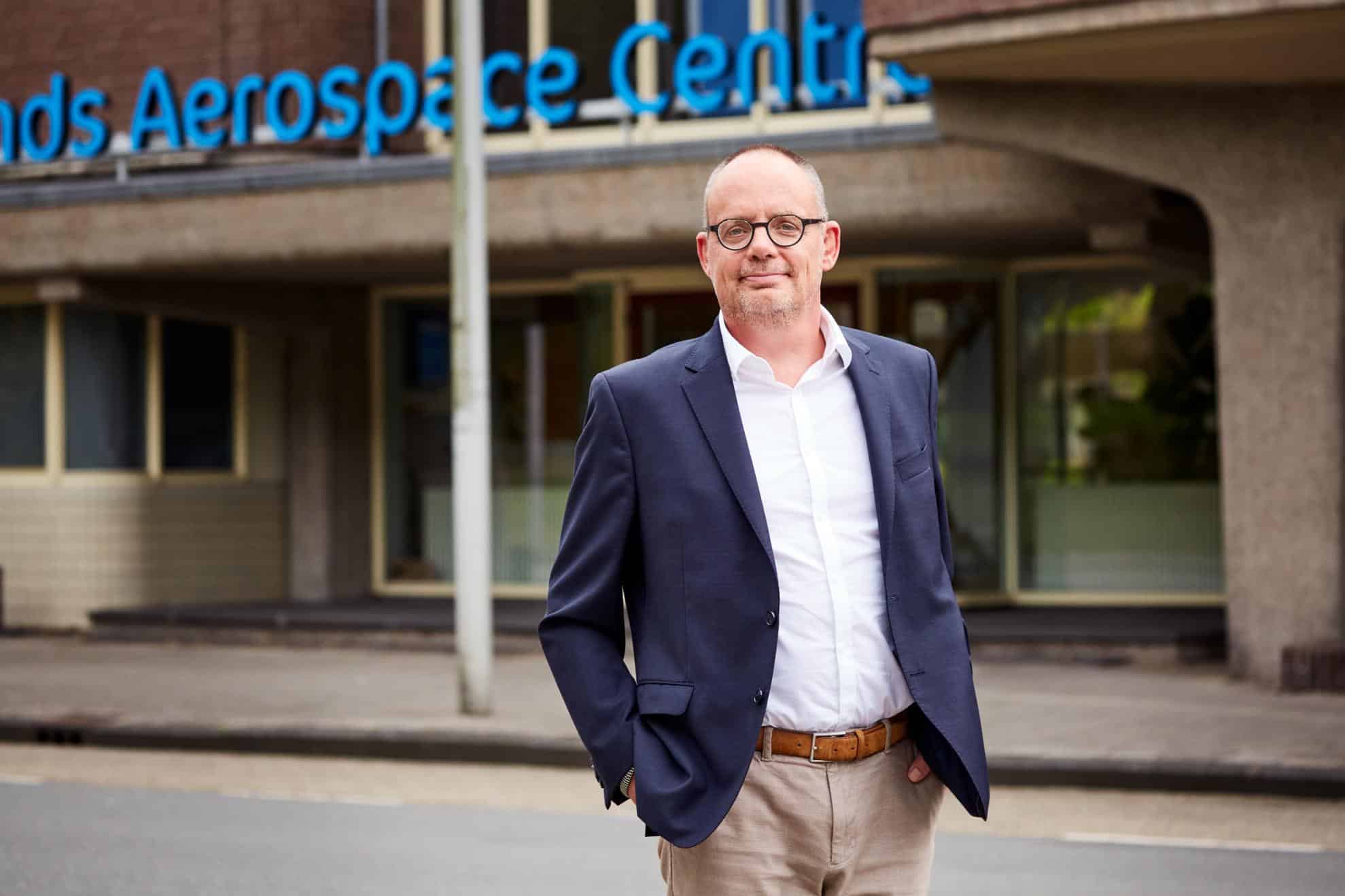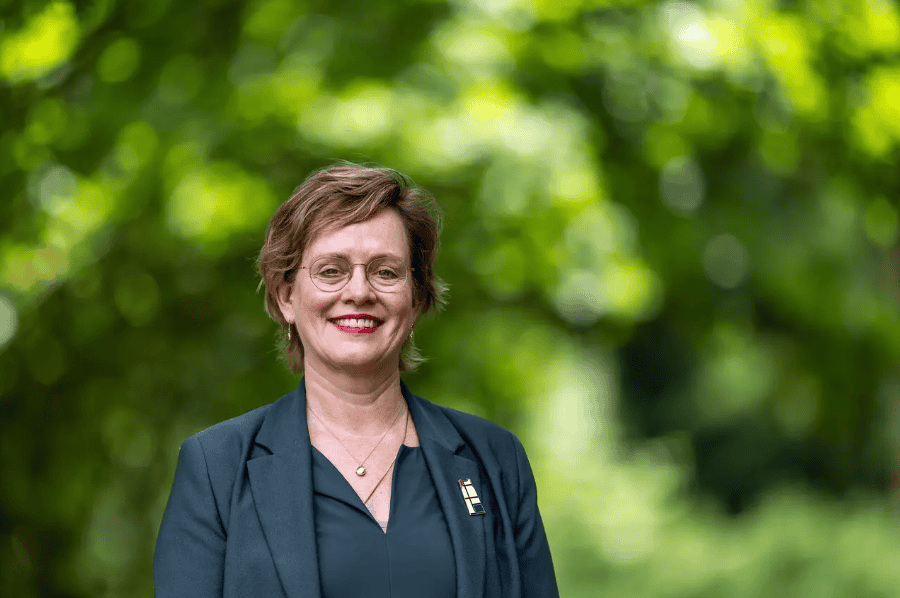
A good decision doesn’t always lead to the best outcome. In other words, the worst outcome might have come from the best possible decision, and vice versa. If the eighty students from International School Eindhoven learned one thing from today’s ASML workshop, it would be that a good decision is a logical decision. “That means it takes uncertainties and values into account, as well as the preferences of the decision maker”, says Huub van den Broek, senior decision support expert at ASML. “You can influence your future through your decisions, so you get more of what you truly want in life. Do you just go with the flow, or are you ready for a conscious choice? Some decisions can be made on emotions, but if things of value are at stake, you should really want to take control.”
The workshop is one of a series of activities the school offers to prepare the students for a life after school. For this one, the school has asked Kuno Huisman, head of decision support at ASML and connected to the European Decision Professional Network. After starting as a full professor at Tilburg University – next to his job for ASML – he was looking for ways to share his knowledge also on different levels of education. “So at one point I contacted the ISE, and last year, we built our first workshops based on the models of the Decision Education Foundation (DEF). And as you can see, the students are eager to get involved.”
 For Huisman, these workshops are also a way to get young people interested in the world of technology. “We want to make them aware of the importance of technology, the need for more tech-related graduates on all levels, and the opportunities this industry is offering in general.”
For Huisman, these workshops are also a way to get young people interested in the world of technology. “We want to make them aware of the importance of technology, the need for more tech-related graduates on all levels, and the opportunities this industry is offering in general.”
Huisman ascertains that this morning is not about finding new talents for ASML directly. Still, the workshop is a great opportunity to explain the business of chips machines building. So next to learning how to make decisions, the students learn a lot about wafers, light, mirrors, chips, lithography, Moore’s Law, and above all: what is needed to reach the “critical distance” between components on a chip. After a couple of presentations, they get the opportunity to visit the Experience Center, where ASML’s core business really comes to life. Including a confronting picture of a world without chips: a world where hardly anything would happen anymore. “Yes, without ASML, there would be no Snapchat either.” Big sighs.
 When Intel, TSMC and Samsung are mentioned as ASML’s big clients, James Lee, one of the students, immediately is alerted. “Samsung! That’s a Korean company!” Indeed, his country of origin.
When Intel, TSMC and Samsung are mentioned as ASML’s big clients, James Lee, one of the students, immediately is alerted. “Samsung! That’s a Korean company!” Indeed, his country of origin.
Making decisions
After all the introductions about the method and ASML’s specific business, it’s time for some real work: the students are asked to, step-by-step, make a well thought of decision about what they will be doing after their graduation from ISE. Studying, travelling, working, or maybe just a gap year? It turns out more difficult than most students thought before the workshop. Studying as an answer isn’t enough – it has to be based on things like clear values, a helpful frame, creative alternatives and other useful information.
And just when you think you are finished, the workshop leaders force you to think of alternatives. “Are you really sure you used all the possible information you can build a decision upon?” Uhm… no sir. “Okay, what do you really need to know before you take a decision?” “The outcome sir”, one of the students laughs. “That would be great, wouldn’t it? But unfortunately, that’s not possible.” Pim Kivits has a better suggestion: “I would try to get information from the people who have experience with the programme I consider applying for.” Okay, that’s important, but still, you’re not there yet, because… “how do you know the information you are working with is trustworthy?”
Sound reasoning
And then, all the way at the end, it’s up to every individual student to come up with some sound reasoning: how do you weigh all these assumptions, how do you compare them to the alternatives? This turns out to be the most difficult part, not without reason. “I don’t have all the useful information I need to ultimately make my decision.” Which means that the final question, about the commitment to follow through, is also hard to answer for most of the group. Fortunately, there’s always the possibility to reconsider.
ASML is only one of the insightful highlights ISE is offering their students on top of ‘normal’ school activities. Next to that, the school takes them to places like DAF Trucks, PSV’s marketing department, several design companies and – for the physics students – to the CERN plant in Switzerland.
Pictures © IO, ISE









